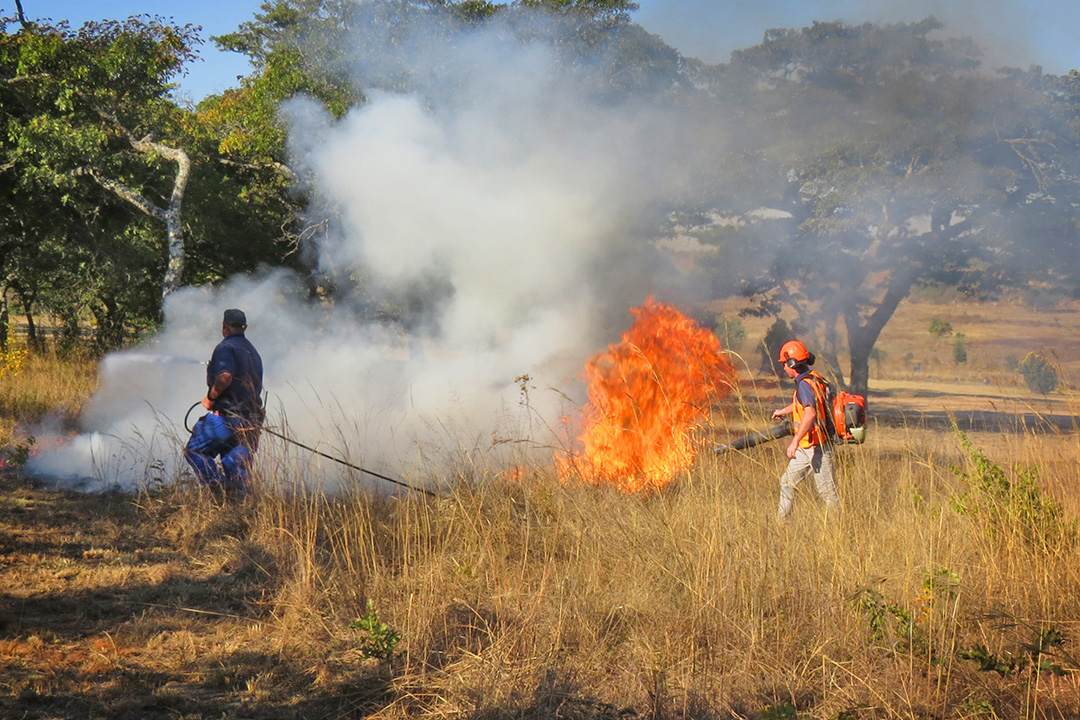Peak fire season: How to fight fires in Zimbabwe
Fire is a natural part of Zimbabwe’s ecosystem, however, uncontrolled wildfires can be devastating and cause immense damage to our environment, wildlife, and livelihoods. Farmers and landowners in high-risk areas need to be prepared for fires in this period. Cutting Edge supplies several firefighting machines and tools that can help you in emergencies.
As the temperatures rise and the months since the last rains continue to increase, the threat of fires is a daily worry for many Zimbabweans, but having the knowledge and tools to fight wildfires safely can make all the difference. We want to promote responsible land management practices to minimise fire risks for all.
Uncontrolled wildfires have a severe impact on Zimbabwe. They can destroy valuable forests and grasslands, impacting biodiversity and habitat loss. They also threaten lives, property, and infrastructure. Wildfires destroyed more than 1 million hectares of land in Zimbabwe last year.
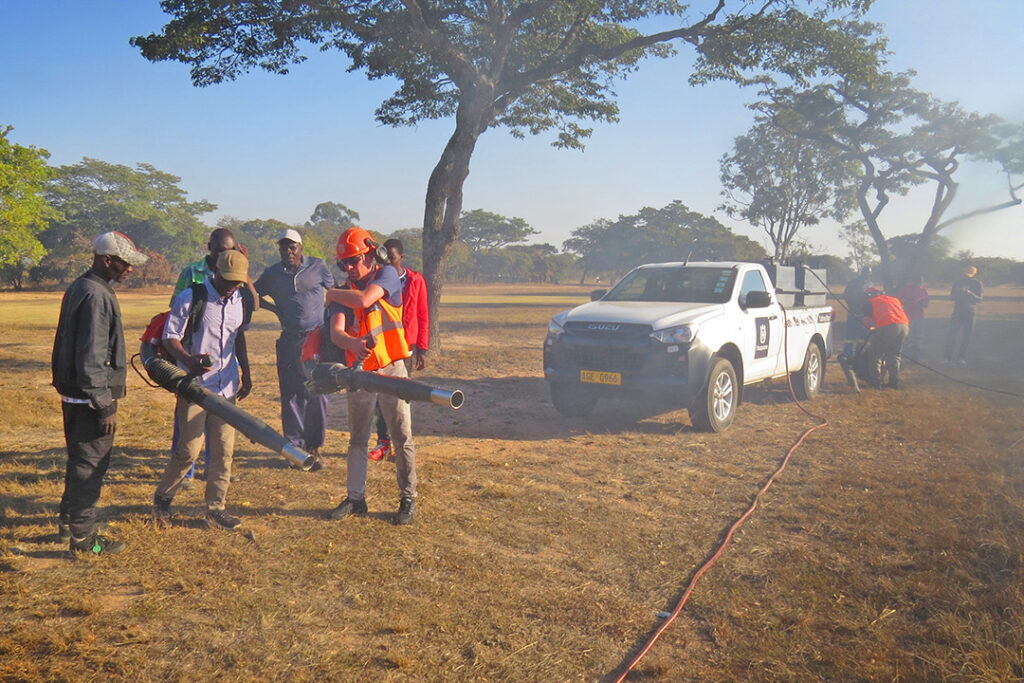
What to know ahead of fire season
- Know where your water sources are and clear the routes to dams, rivers and boreholes.
- Service and update your firefighting kit to ensure all tools are in working order.
- Train your staff on reacting to and fighting fires quickly. Establish clear lines of communication and appoint a fire chief as the team coordinator.
- Assess your prevailing winds and prepare your firebreaks on a cool, calm day.
- Start on your northern and eastern boundaries. Use a blower to direct controlled burns and to remove flammable debris from the base of trees.
- Fill your firefighters with water and have all your equipment on standby.
At the start of winter, you should develop a plan that identifies potential fire risks on your property. Establish clear evacuation routes for yourself, your family, and your livestock. Maintain fire breaks and access roads to ensure quick response and escape routes. Lastly, educate your family and workers about safety protocols and responsible land management practices.
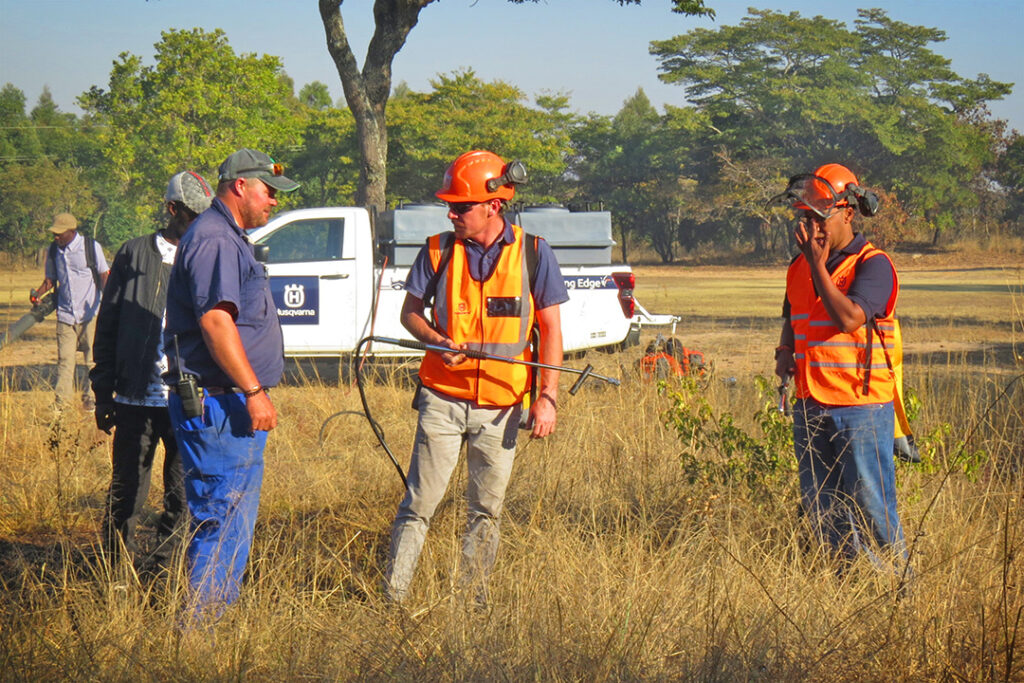
Firefighting techniques and tools
Being prepared is essential. The following list of essential firefighting equipment should be on hand from the start of winter:
- Personal Protective Equipment (PPE):
- Fire retardant clothing (overall trousers, long-sleeved shirt)
- Boots with good ankle support
- Gloves
- Safety glasses or a face shield
- Hand Tools:
- Blowers for controlling the direction of flames or extinguishing them completely
- Fire cans for portable water on your person
- Firefighters for portable water in a pick-up truck
- Beaters (can be flappers made from wet hessian sacks or tree branches)
- Shovels for creating fire breaks or digging containment lines
- Rakes for clearing debris
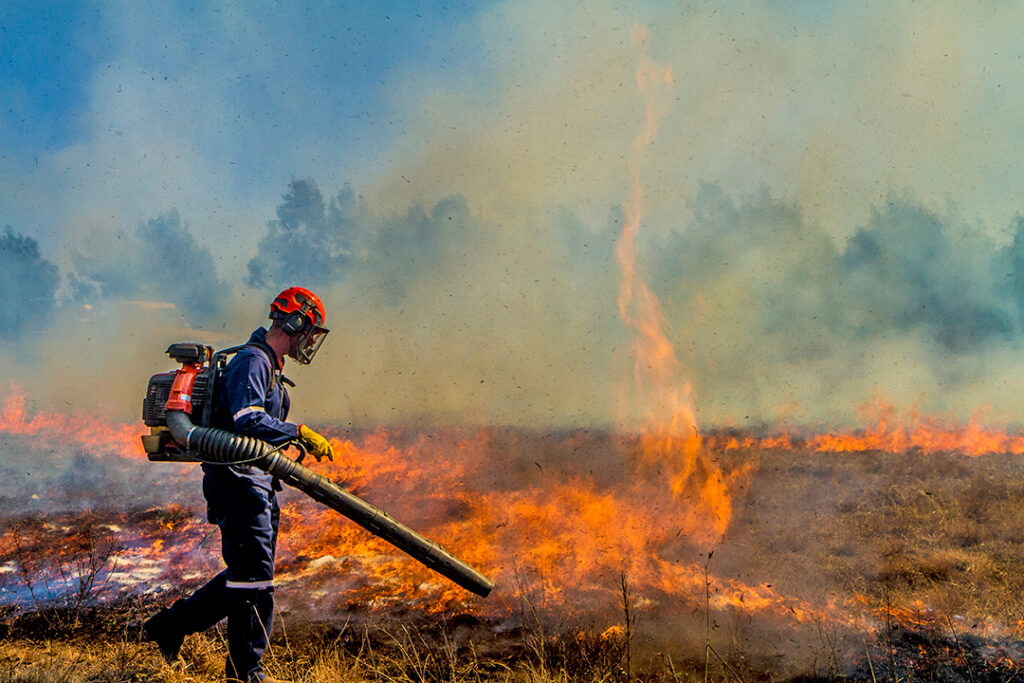
How to fight a grass fire
Remember: Only attempt to fight a small, controlled fire if it’s safe to do so. Here are some safety tips:
- Safe approach:
- Never approach a large or uncontrolled fire.
- Always work with others and have a clear escape route planned.
- Alert nearby communities, the local fire brigade and the forestry department immediately.
- Fire suppression methods:
- Use blowers to redirect flames, even blowing them back on themselves. They can also be used to extinguish small grass fires by directing a jet of air at the base of the flames.
- Use firefighters set to a broad spray (rather than a focused point) to sap the heat from the flames.
- Use beaters to extinguish flames by hitting the burning edge in a controlled manner.
- Create fire breaks using shovels to isolate the fire.
- If safe and available, use knapsack sprayers with water to dampen the burning area.
- Mopping up: Use fire cans to direct a parcel of water onto any remaining embers or cow pats to avoid reignition.
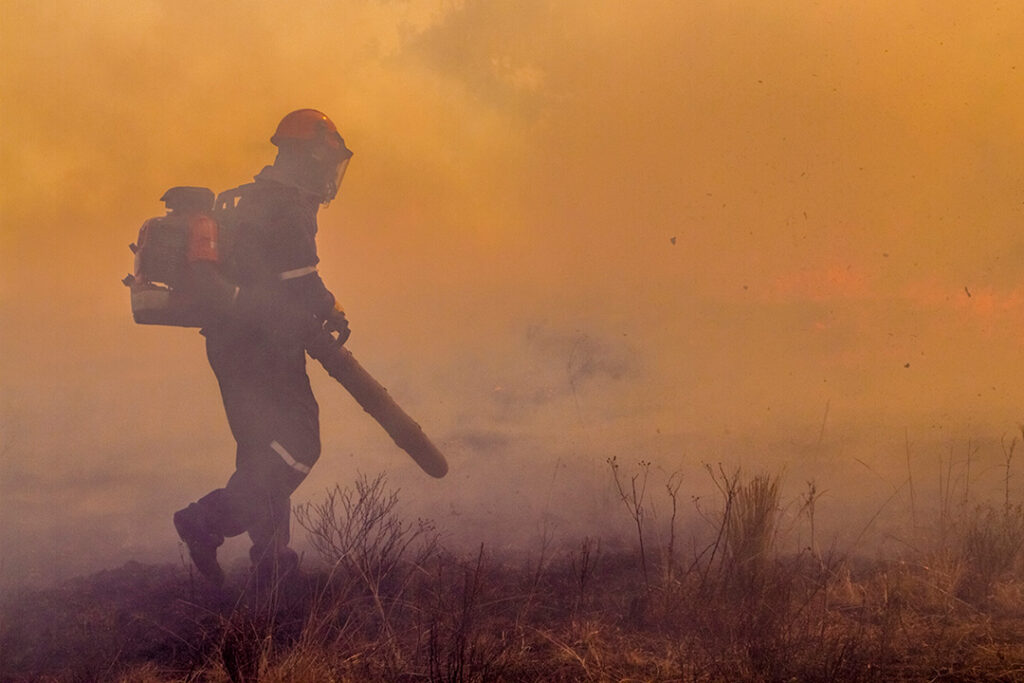
Post-fire protocols
The following steps should be followed after a fire:
- Once the flames have been brought under control, a thorough mopping exercise should be conducted to ensure no visible combustion remains and the area is safe from any flare-ups.
- An investigation into the source and cause of the fire should be undertaken.
- The local police and the Environmental Management Agency should be notified within 48 hours.
- All tools and equipment should be checked for any damages before being returned to their allocated space.
- A report should be compiled within 48 hours.
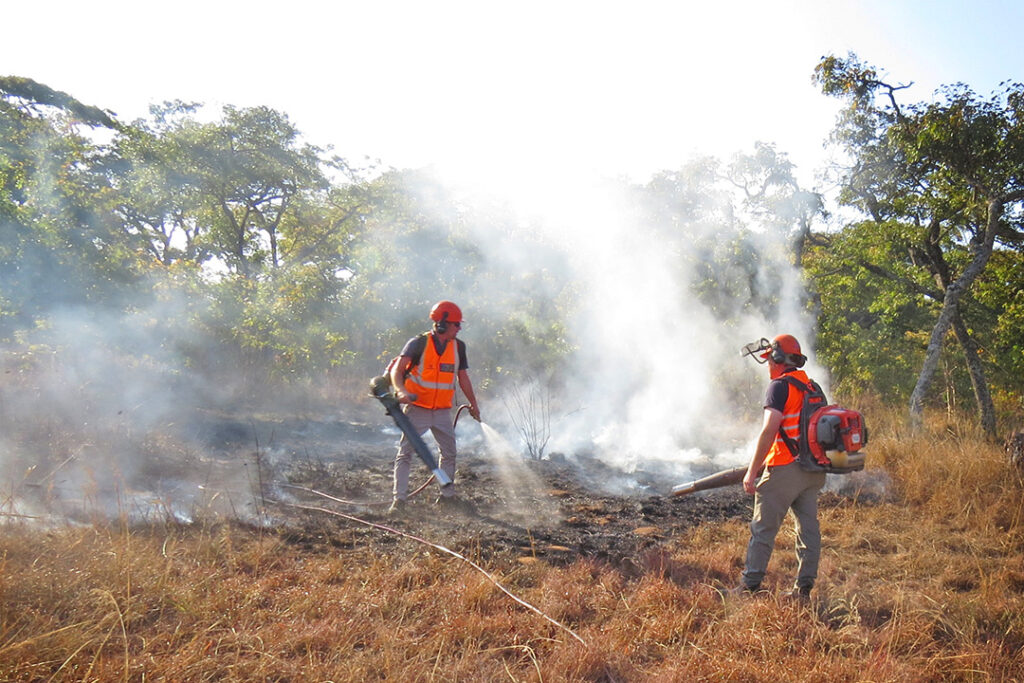
Responsible land management practices
By adopting responsible practices, you can significantly reduce risks on your land. Conduct controlled burns at the start of winter. These should always be done with prior approval from the forestry department as a tool to manage flammable material buildup outside fire breaks. Controlled burns should only take place under safe weather conditions and with the guidance of a qualified professional.
Implement proper waste disposal methods to minimise the accumulation of flammable materials like paper, plastic, and leftover crops. Create designated compost heaps for organic waste and dispose of inorganic waste responsibly.
Collaborate with your local community to raise awareness about fire safety and responsible land management practices. Encourage neighbours to create fire breaks around their properties to create a network of barriers.
Fire prevention and preparedness are critical for protecting our precious environment and livelihoods. By implementing the strategies outlined above, you can play a vital role in minimising fire risks on your land. Together, we can prevent devastating wildfires and protect Zimbabwe’s beautiful landscapes for generations to come. Contact us today to learn more about our firefighting products in Zimbabwe.
___
Cutting Edge is the leading supplier of Husqvarna products in Zimbabwe. We bring you the best tools in the business with world-class service and after sales care. Follow us on Facebook and Instagram for the latest news and product offerings from our brands.

